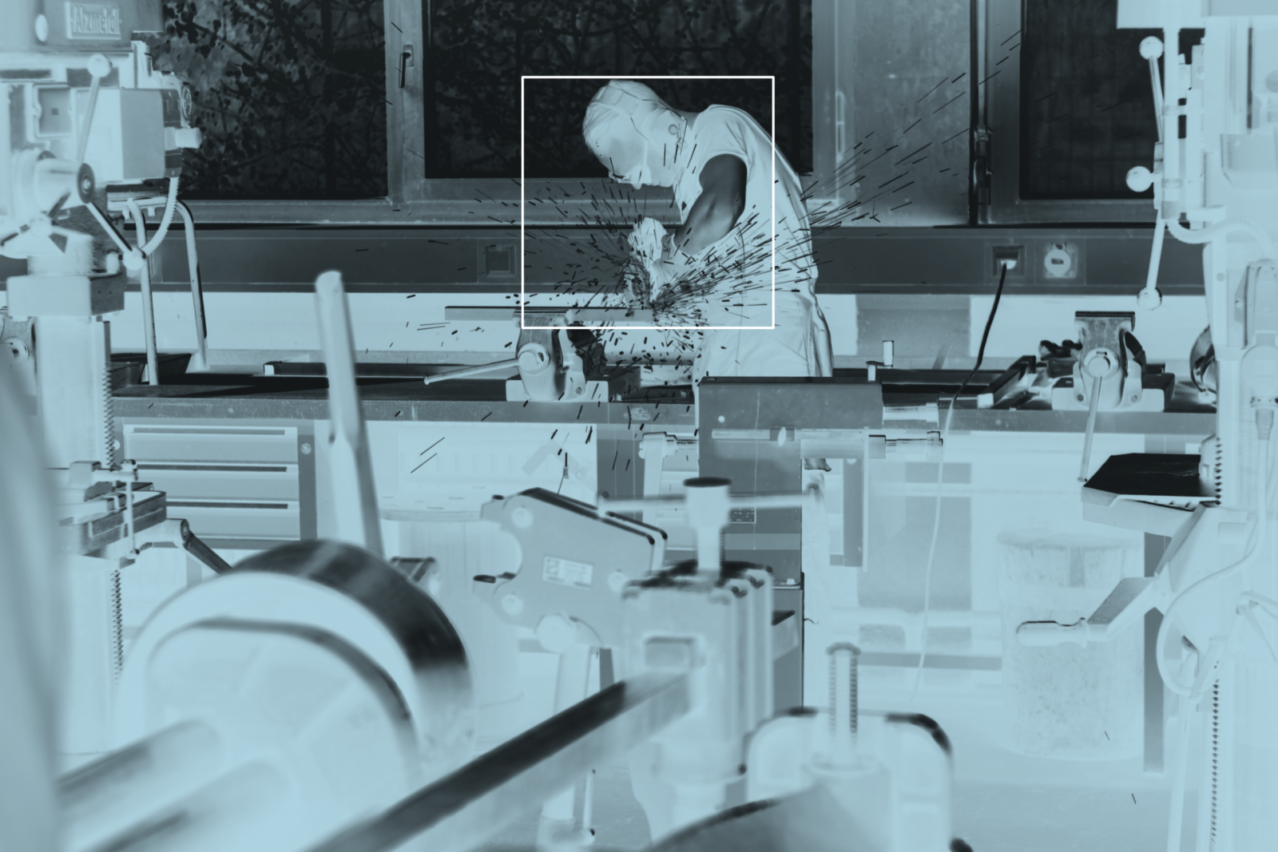
How to run lean UX: think, make, check!
This article explains how to try lean UX and how it's different from other UX methods
If you’re anything like us and have worked in digital for some time, you are probably a bit tired of the different terms bantered around by UXers and designers. Agile vs. waterfall, lean UX, rapid prototyping, design sprints… How do they all actually differ? And what are the benefits of using one over the other?
In one word: designhack – it’s all about creating shortcuts that work and have been tested without going through a 3 month build and test cycle. This month we will focus on explaining design sprints and lean UX – both methodologies are used to do faster prototyping and problem solving of digital products. But each method varies slightly. The advantage: cut out the fat, save on costs and time and start problem solving faster with real life user feedback.
Lean UX has been described as what agile is to waterfall. Still none the wiser? Lean UX starts with one simple problem statement. One page user profiles and a small team that problem solves ideas to come up with a solution. What that means is that lean UX can be incredibly powerful in solving single problem solutions, ie an email, a landing page or a sign up form.
Lean UX takes shortcuts and focuses on solving one problem at a time only. So if you’re going to build an entire website lean UX is not the best place to start. It’s much more effective as a tool to problem solve key areas or pages, but any experienced UXer will most likely want to create a sitemap and information architecture first before diving into detailed pages or problem areas.
So use lean UX to problem solve key modules and pages, not the entire site at the beginning of the project. Lean UX is a fantastic tool for improving existing sites, apps or digital products. Think large scale websites that need to improve e-commerce conversion or create better landing pages.
Similarly to design sprints, lean UX relies on a dedicated team problem solving together. It doesn’t need to be big, in fact small teams work best, but dedicated and collaborative is the key. Oh, and it shouldn’t be just designers working together. The idea is to have designers and non-designers come up with ideas, broadening options and solutions.
The first challenge to running lean UX in places that have never done it before is breaking down internal silos and getting the support to run a dedicated team for a set period of time (if you work in an agency workflow is your enemy and best friend: start bribing them with chocolate now).
But most importantly: get senior buy-in (how do you get senior-buy in? we will cover this in an upcoming article soon, promise!) but in the spirit of designhacking: show how you can save the business money and provide better results. Have coffees with prepared soundbites, be charming and be prepared to work the floors. No one said it’s easy, but trust me, it’s a life-skill you will benefit from time and time again.
Once you have buy in and your team assembled it’s time to roll up your sleeves.
This stage is all about defining the actual problem, coming up with assumptions and defining a hypothesis that then leads to user personas.
Example: Lawyer often work late which makes them have dinners at random times.
The make stage in Lean UX is all about turning ideas into actual solutions. This includes wireframes, prototypes, messaging and propositions. The idea is to test multiple hypothesis in a quick time frame so be prepared to create high and low fidelity wireframes. Let you designers go wild coming up with solutions. Just make it easy for them to create.
Example again: The solution could be an app that only delivers high quality restaurant food to busy corporate offices, even late at night.
This is one of the most crucial stages. You are now testing your hypothesis on real people. This can be done by observing them in a room or remotely via video conferencing software or A/B testing. Whatever methodology works best it’s important to test your ideas sooner and then iterate and improve.
Example: Speak to three local restaurant owners and get three of your lawyer friends to go through the ordering process and ask them some pre-defined questions to ensure the idea is solid. Pay them with some drinks after work or invite them for a good meal as a reward.
As you’ve probably realised the main advantage is speed, cross discipline collaboration and quick feedback. Given that lean UX requires a cross disciplined collaborative team focussed on a key problem making the process incredibly efficient and productive.